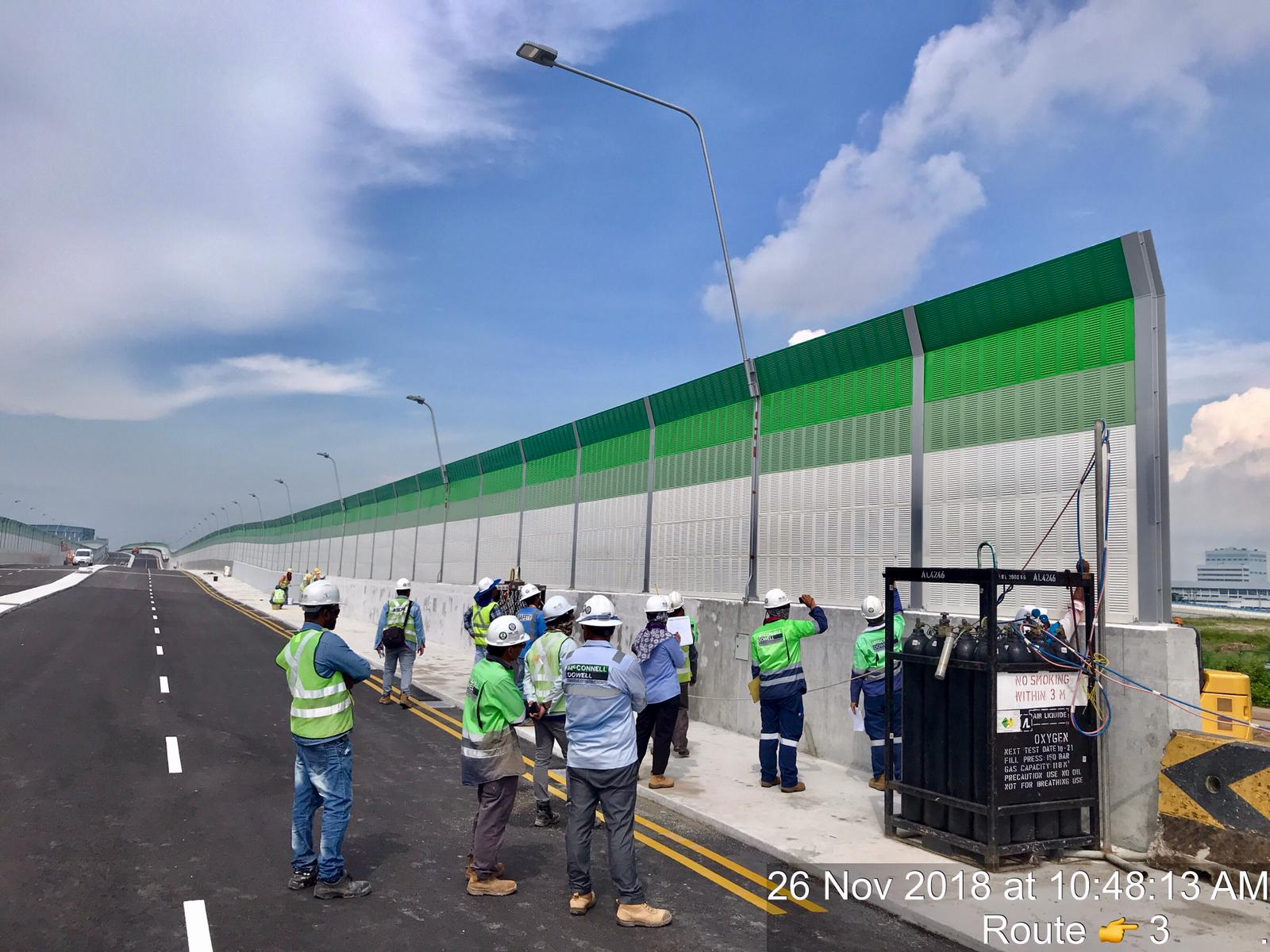- Home
- News
- How do the standards and regulations for noise barrier construction differ across regions?
How do the standards and regulations for noise barrier construction differ across regions?
Due to differences in economic development and traffic environments, the standards and regulations for noise barrier construction may vary across regions. The specific differences depend largely on factors such as local environmental noise standards, urban planning, traffic conditions, and population density.
The primary factor influencing noise barrier construction standards and regulations is environmental noise standards. Different countries and regions may adopt varying noise standards, which directly impact the required noise reduction levels for barriers. For example, some areas may require noise barriers near residential zones to achieve higher noise reduction performance.
Urban planning also plays a significant role in shaping noise barrier standards and regulations. In densely populated urban centers, more efficient noise barriers may be necessary to minimize traffic noise impact on residents. Conversely, in suburban or rural areas, the need for noise barriers may be relatively lower.
Traffic conditions, including factors like traffic volume and vehicle speed, also affect noise barrier standards and regulations. On highways or busy city roads, higher and longer noise barriers may be required to effectively reduce noise levels.
In regions with high population density, stricter noise barrier construction standards and regulations may be needed to ensure that the quality of life for residents is not compromised by noise pollution.
Given these variables, noise barrier construction standards and regulations can differ significantly from one region to another. In actual construction projects, it is essential to consult local planning, environmental, and transportation authorities to ensure compliance with regional standards and regulations.
